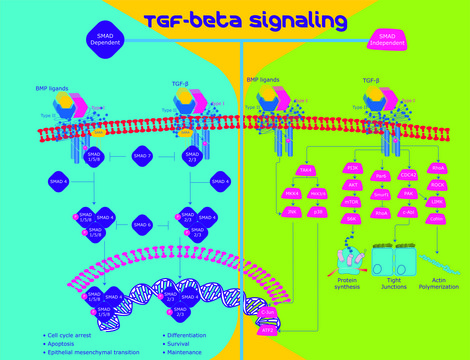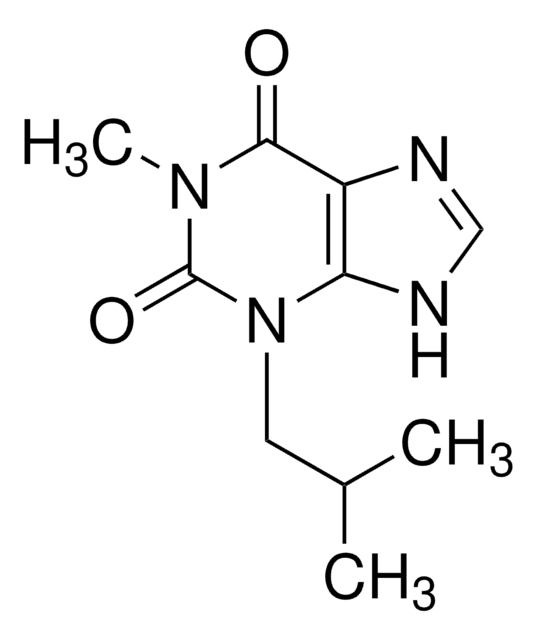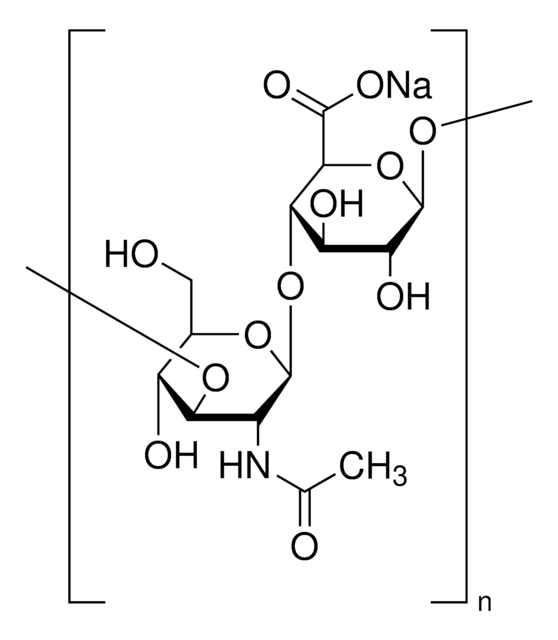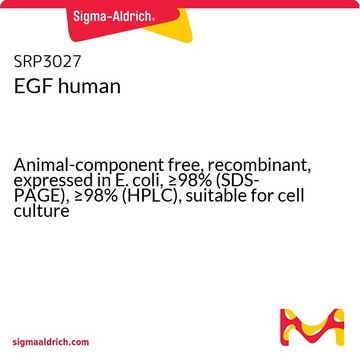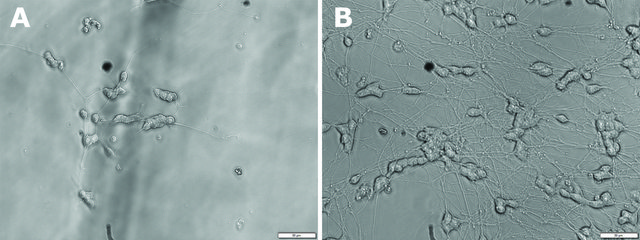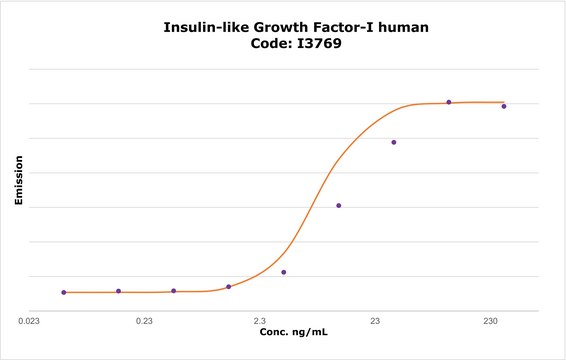H3136
Hematoxylin
certified by the BSC
Synonym(s):
Natural Black 1
About This Item
Recommended Products
Agency
certified by the BSC
Quality Level
form
powder
mp
200 °C (dec.) (lit.)
solubility
ethanol: 1 mg/mL
application(s)
diagnostic assay manufacturing
hematology
histology
storage temp.
room temp
SMILES string
Oc1cc2C[C@@]3(O)COc4c(O)c(O)ccc4[C@H]3c2cc1O
InChI
1S/C16H14O6/c17-10-2-1-8-13-9-4-12(19)11(18)3-7(9)5-16(13,21)6-22-15(8)14(10)20/h1-4,13,17-21H,5-6H2/t13-,16+/m0/s1
InChI key
WZUVPPKBWHMQCE-XJKSGUPXSA-N
Looking for similar products? Visit Product Comparison Guide
1 of 4
This Item | Z690473 | Z564095 | Z690503 |
|---|---|---|---|
| manufacturer/tradename Ace Glass 6390-02 | manufacturer/tradename Ace Glass 6390-05 | manufacturer/tradename - | manufacturer/tradename Ace Glass 6390-10 |
| joint joint: ST/NS24/40 | joint joint: ST/NS24/40 | joint - | joint joint: ST/NS24/40 |
| capacity 250 mL | capacity 500 mL | capacity 1 L | capacity 1 L |
General description
Application
- to visualize anatomical features and to detect nucleus locus coeruleus adjacent to the periaqueductal gray region in brainstem samples[2]
- as a nuclear counterstain[3] to visualize the nucleus, adipocytes were counterstained with a hematoxylin reagent[4]
- to stain lung tissue for histological analysis[5]
Suitability
Signal Word
Warning
Hazard Statements
Precautionary Statements
Hazard Classifications
Eye Irrit. 2
Storage Class Code
11 - Combustible Solids
WGK
WGK 1
Flash Point(F)
Not applicable
Flash Point(C)
Not applicable
Personal Protective Equipment
Choose from one of the most recent versions:
Already Own This Product?
Find documentation for the products that you have recently purchased in the Document Library.
Our team of scientists has experience in all areas of research including Life Science, Material Science, Chemical Synthesis, Chromatography, Analytical and many others.
Contact Technical Service